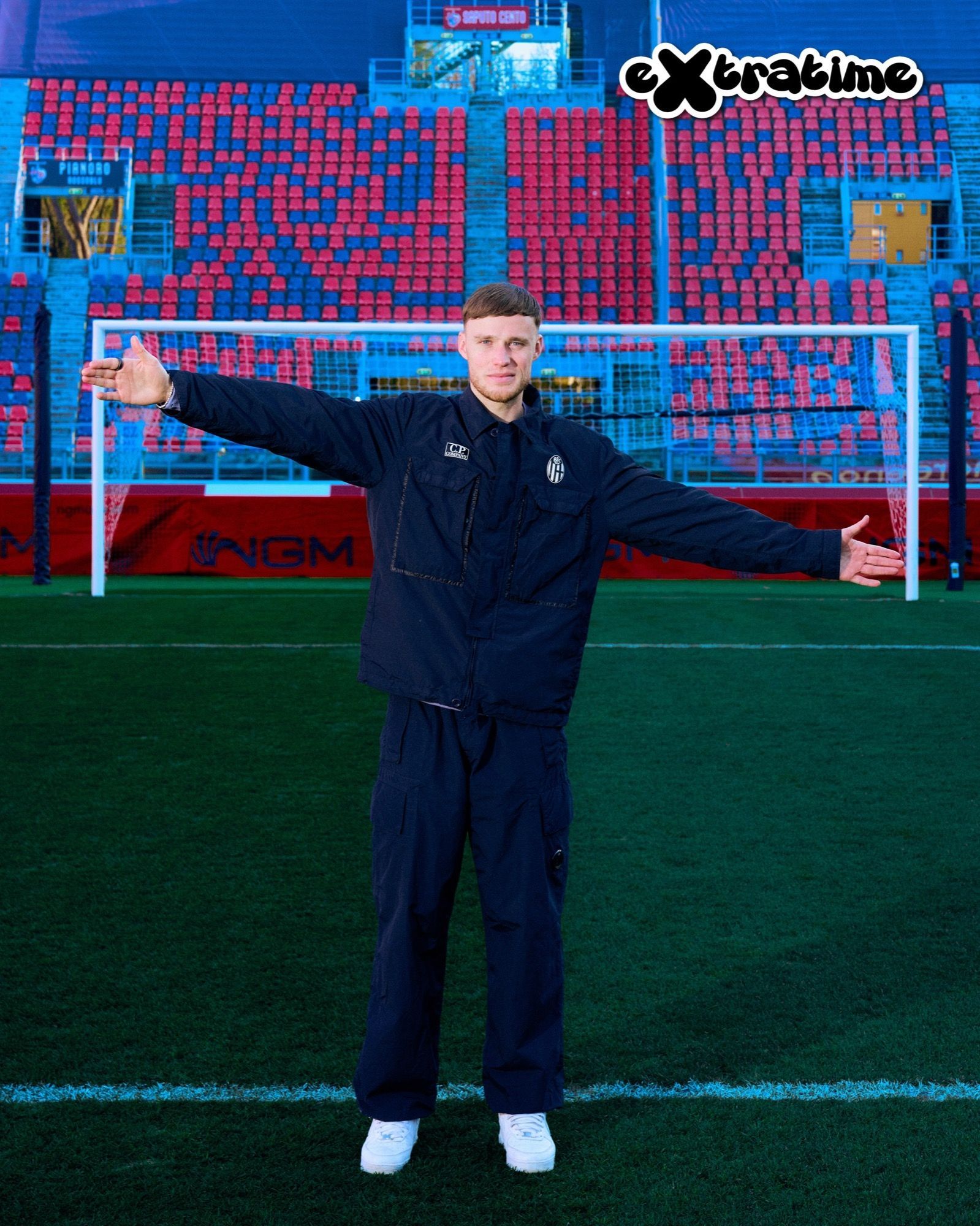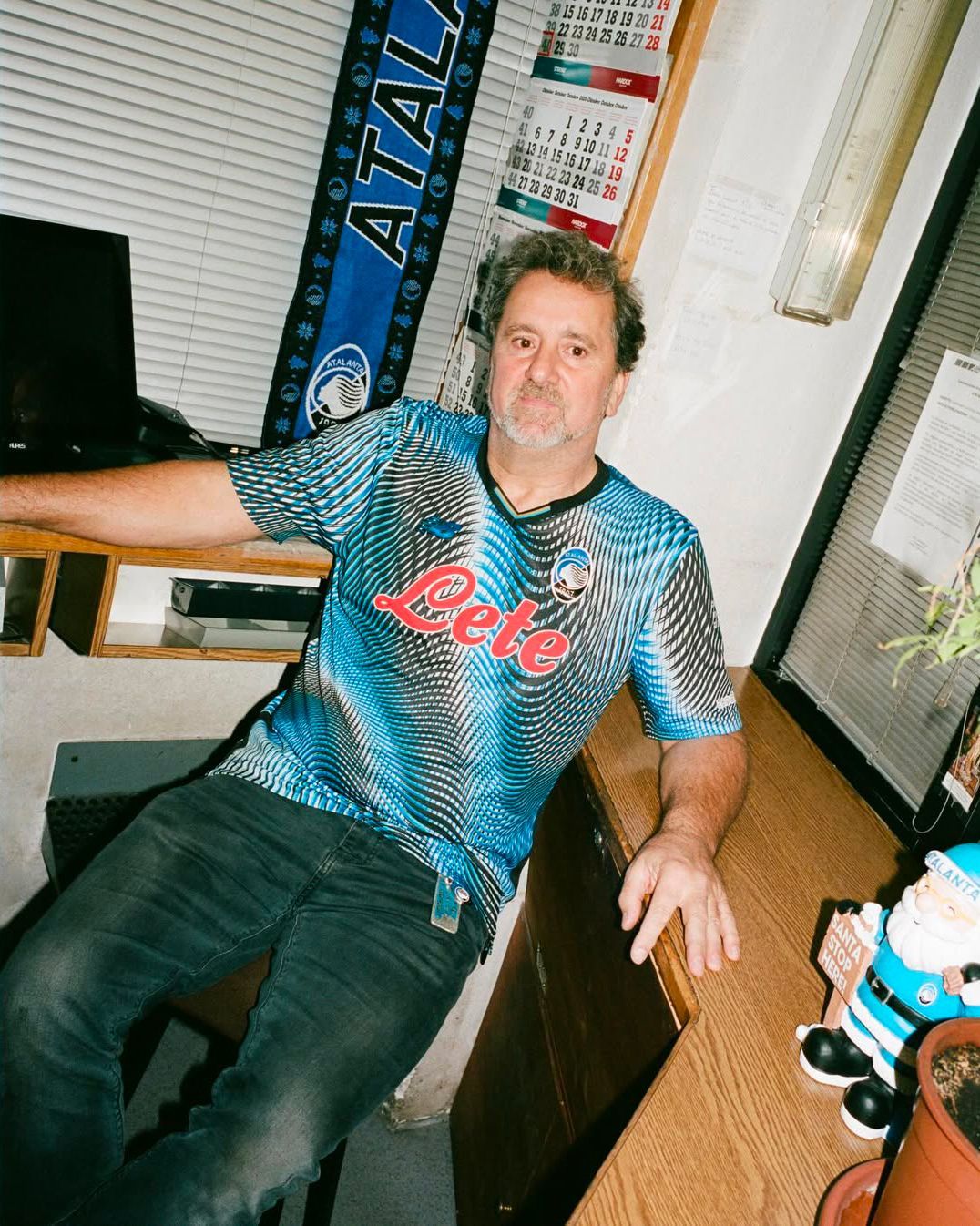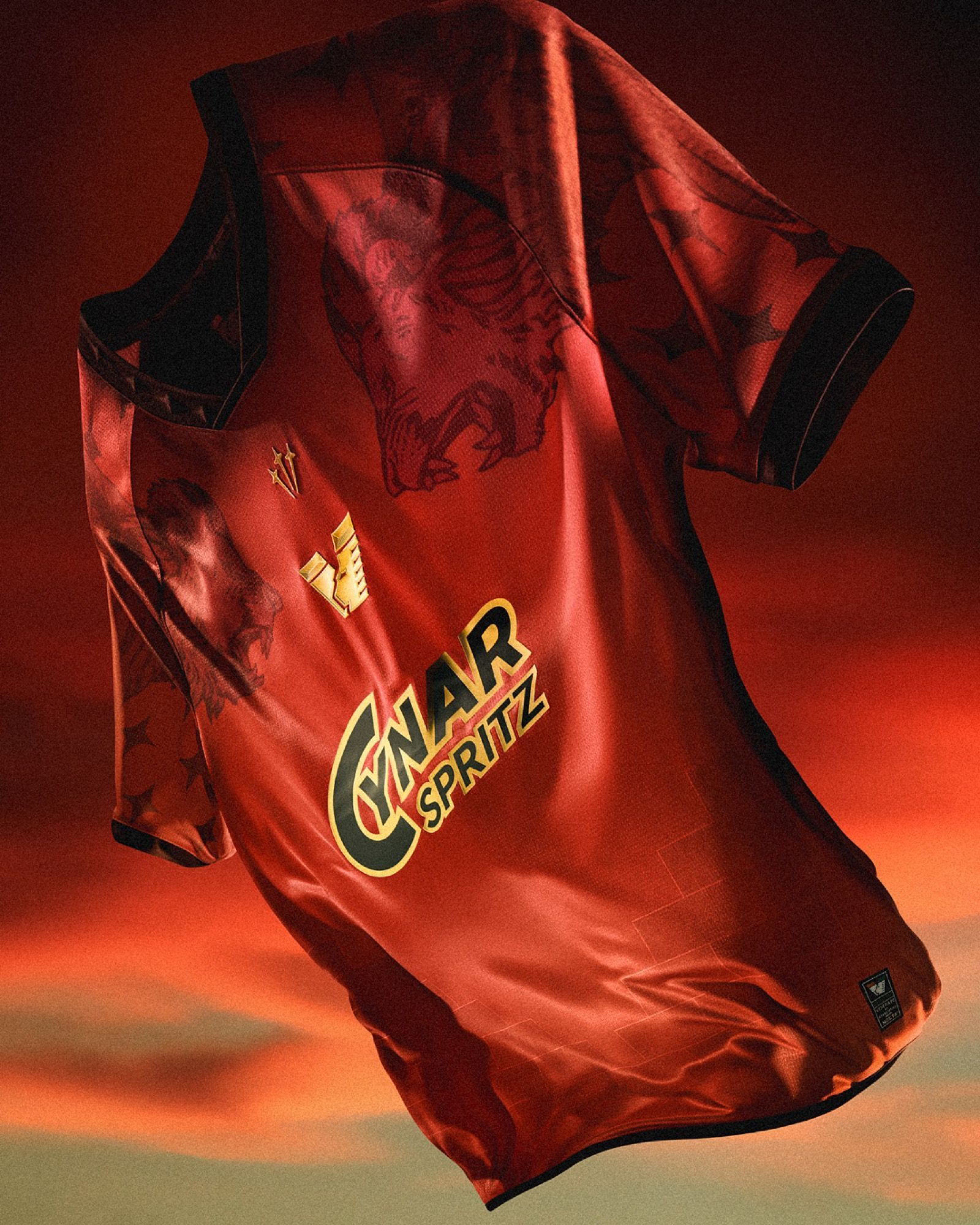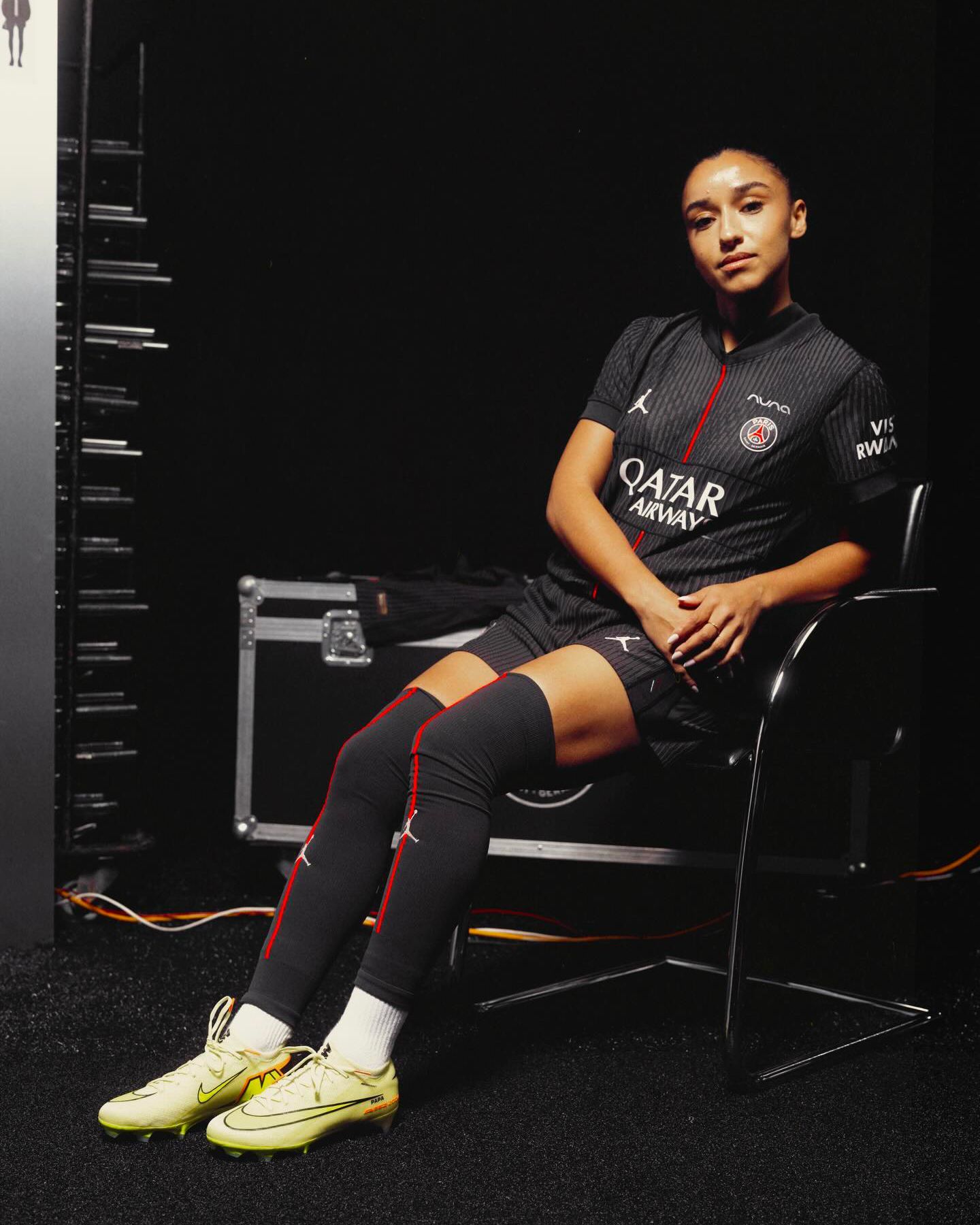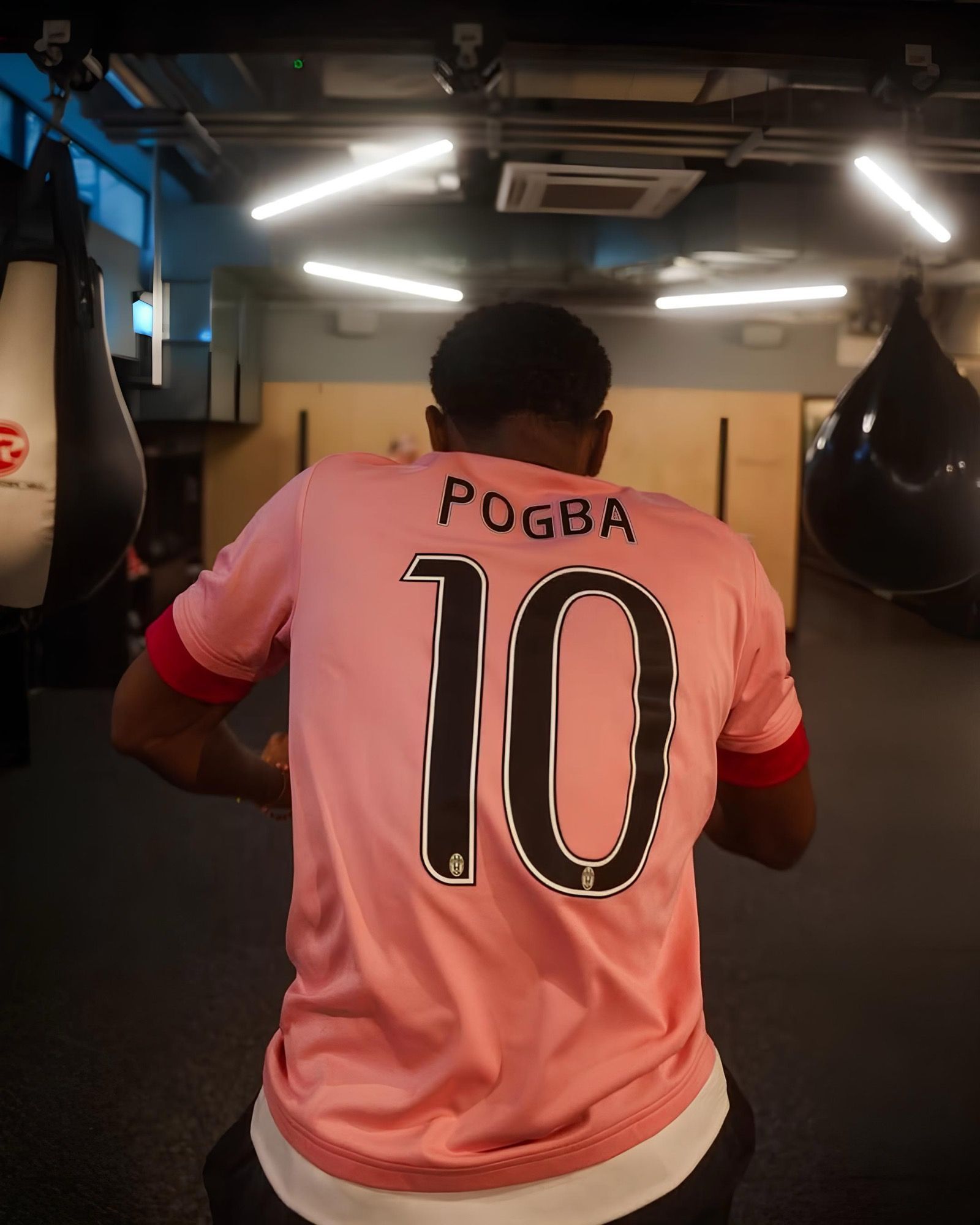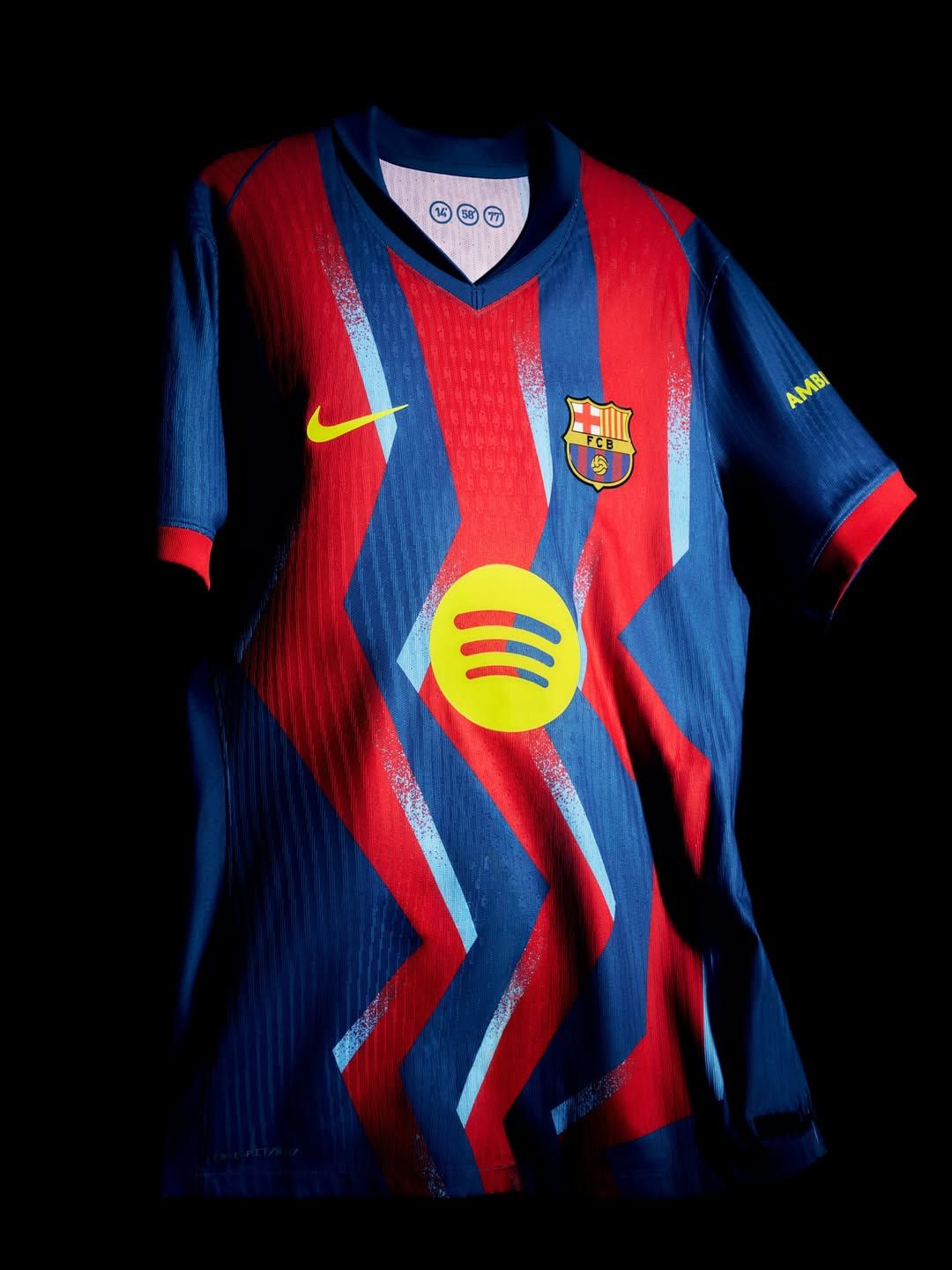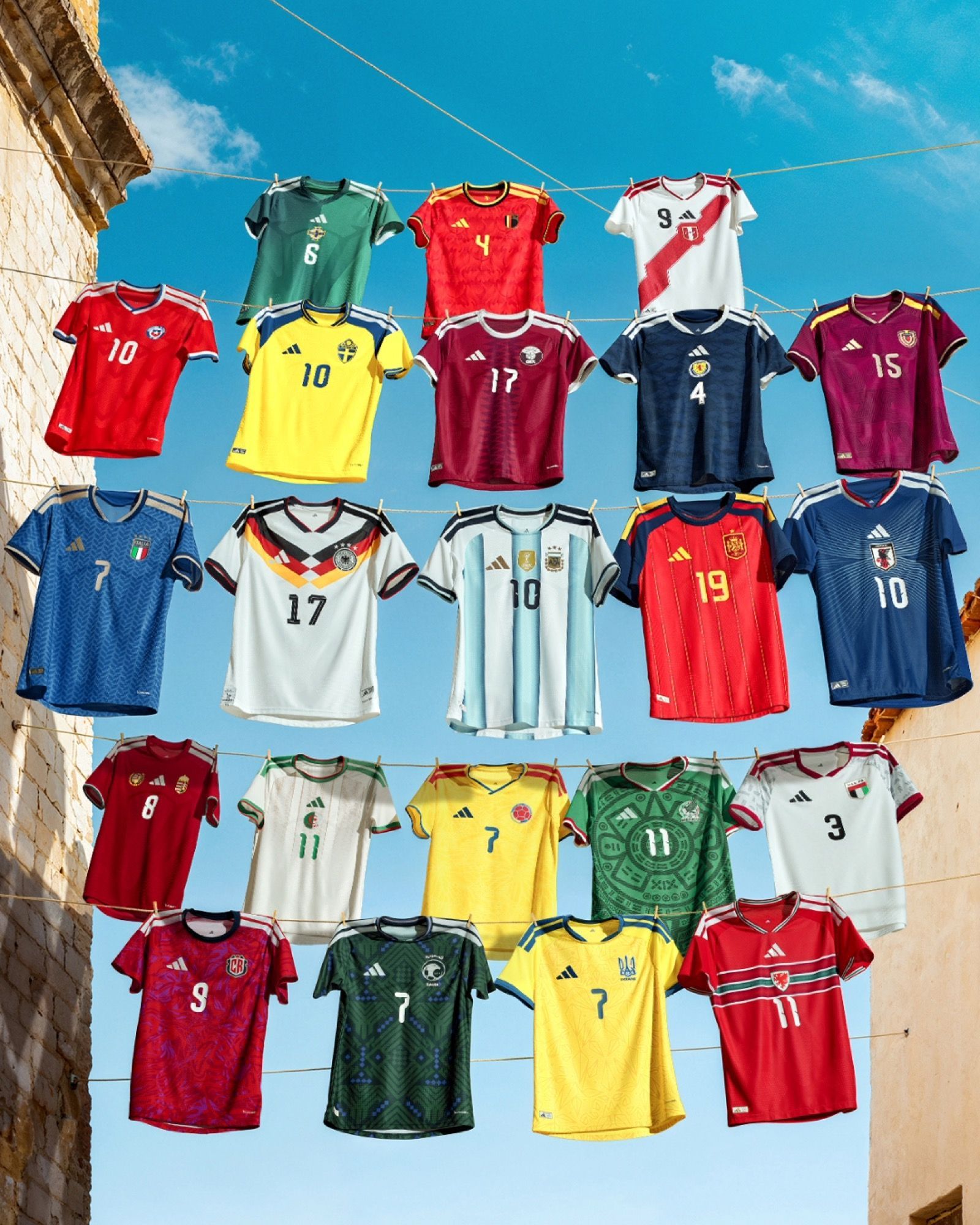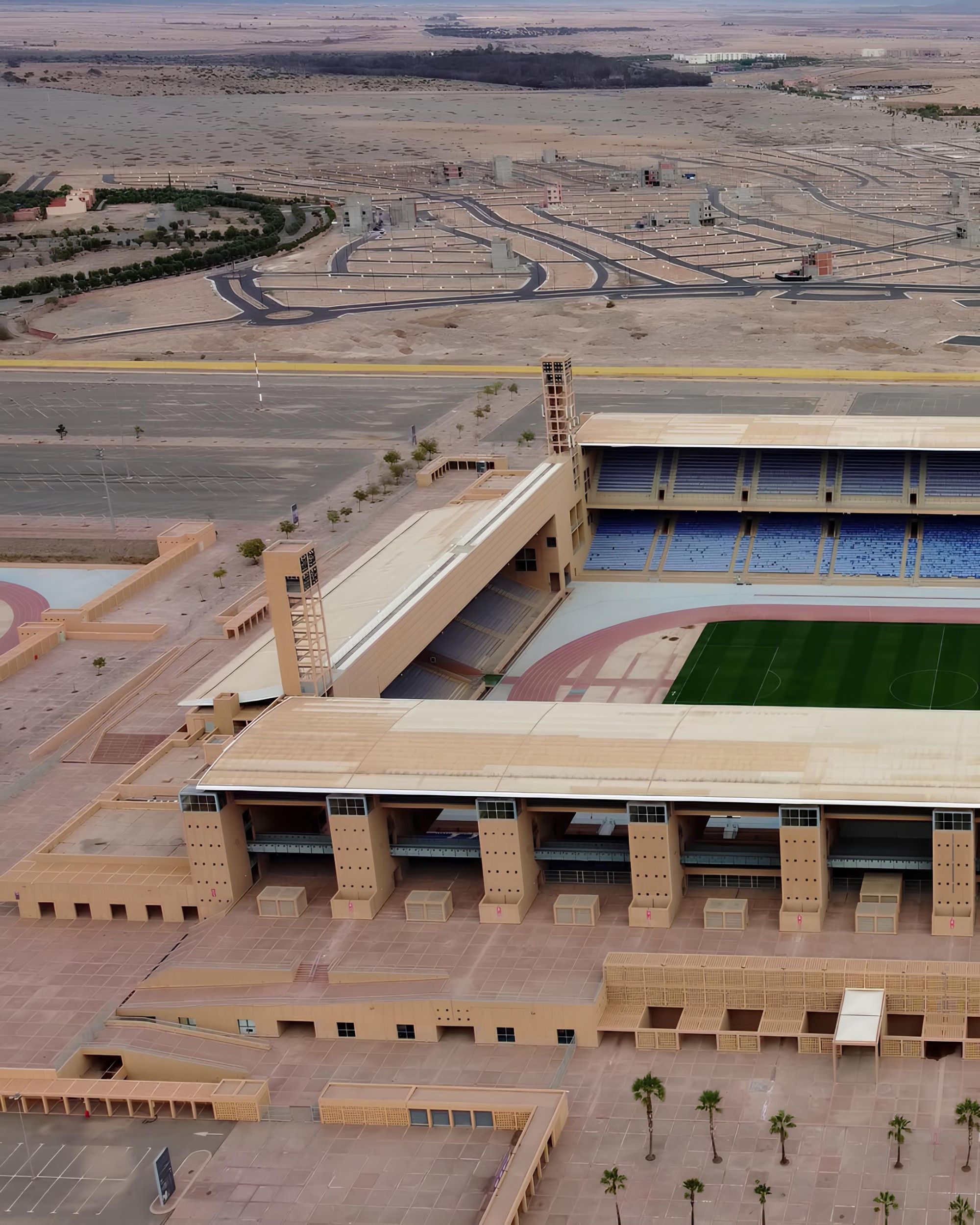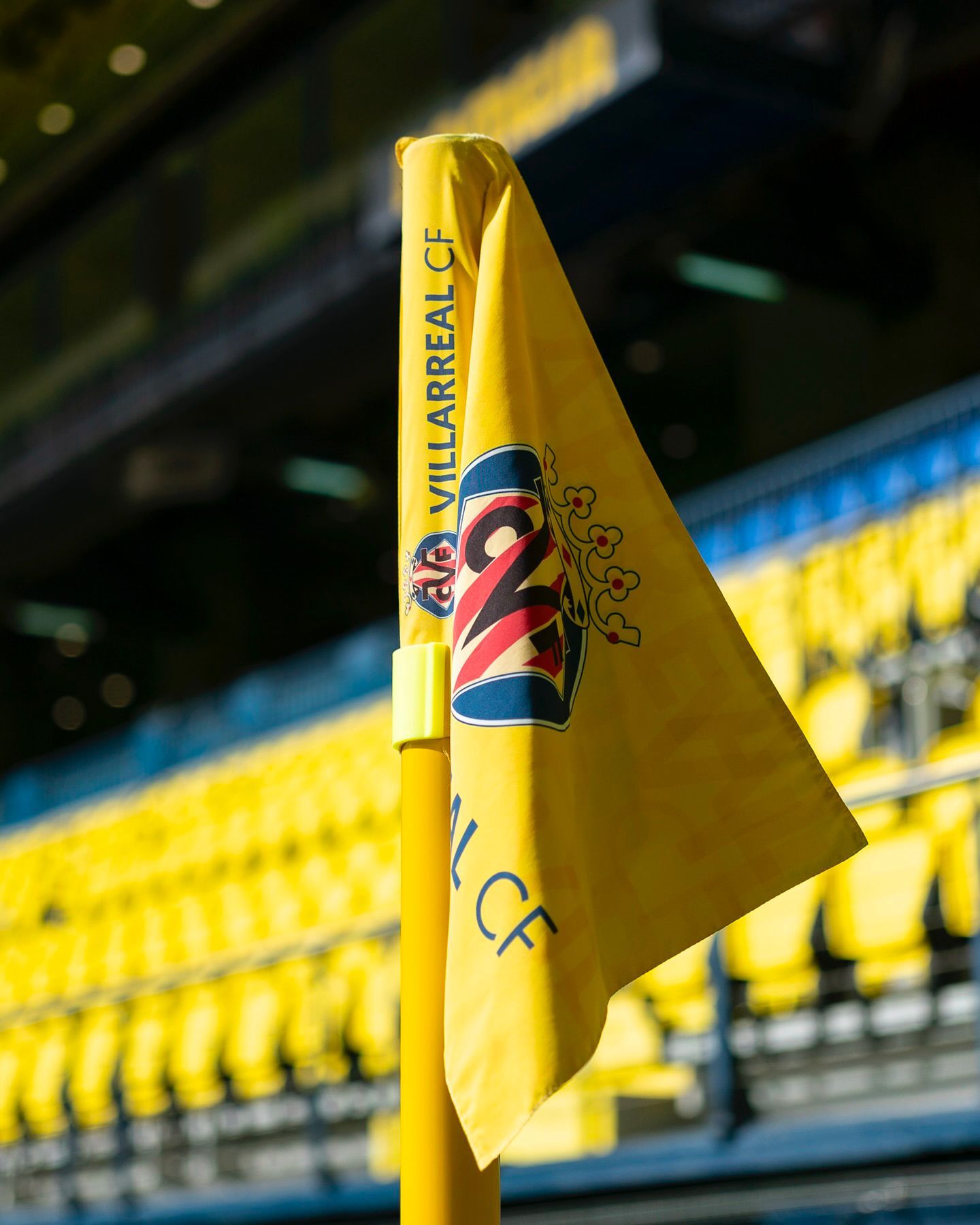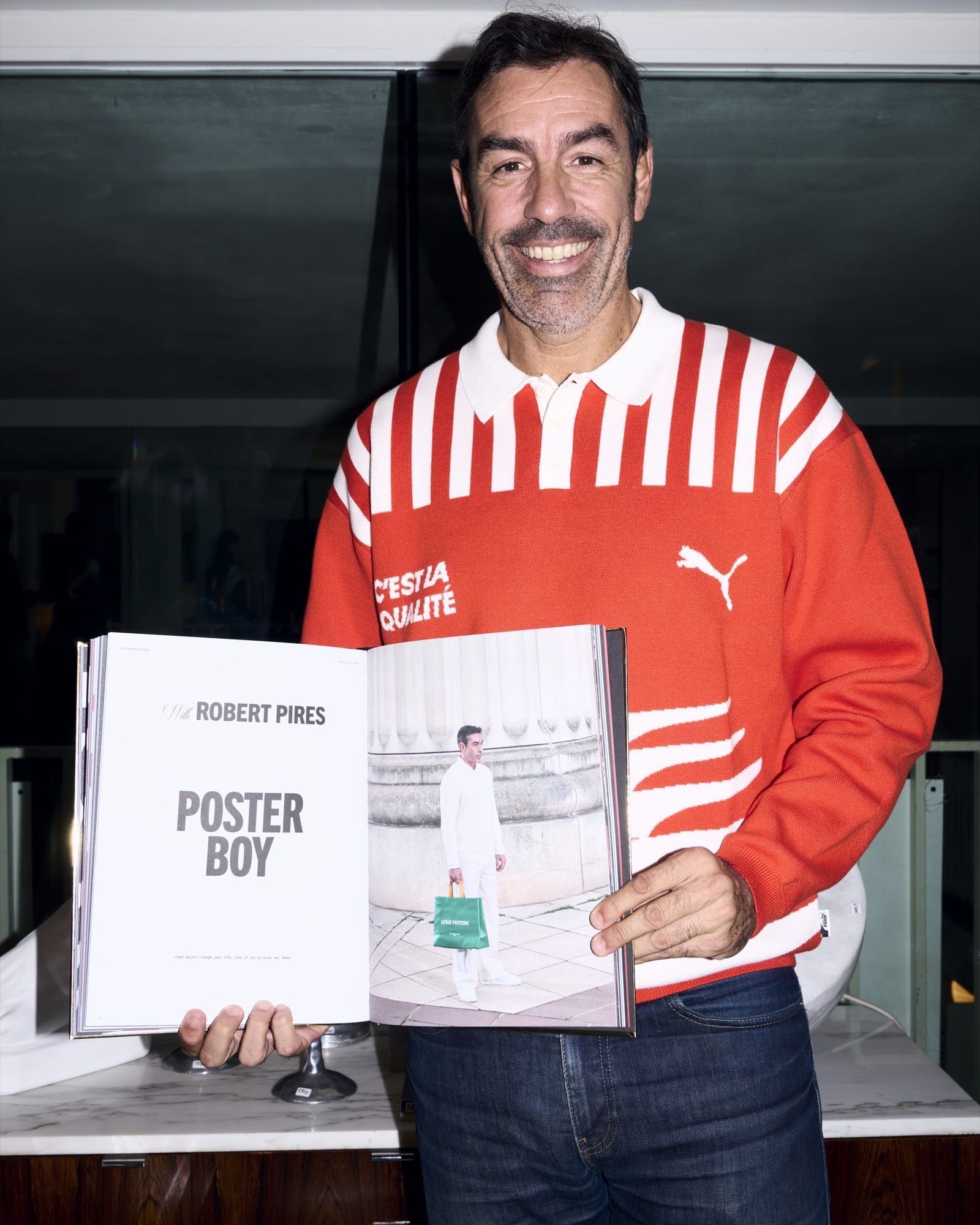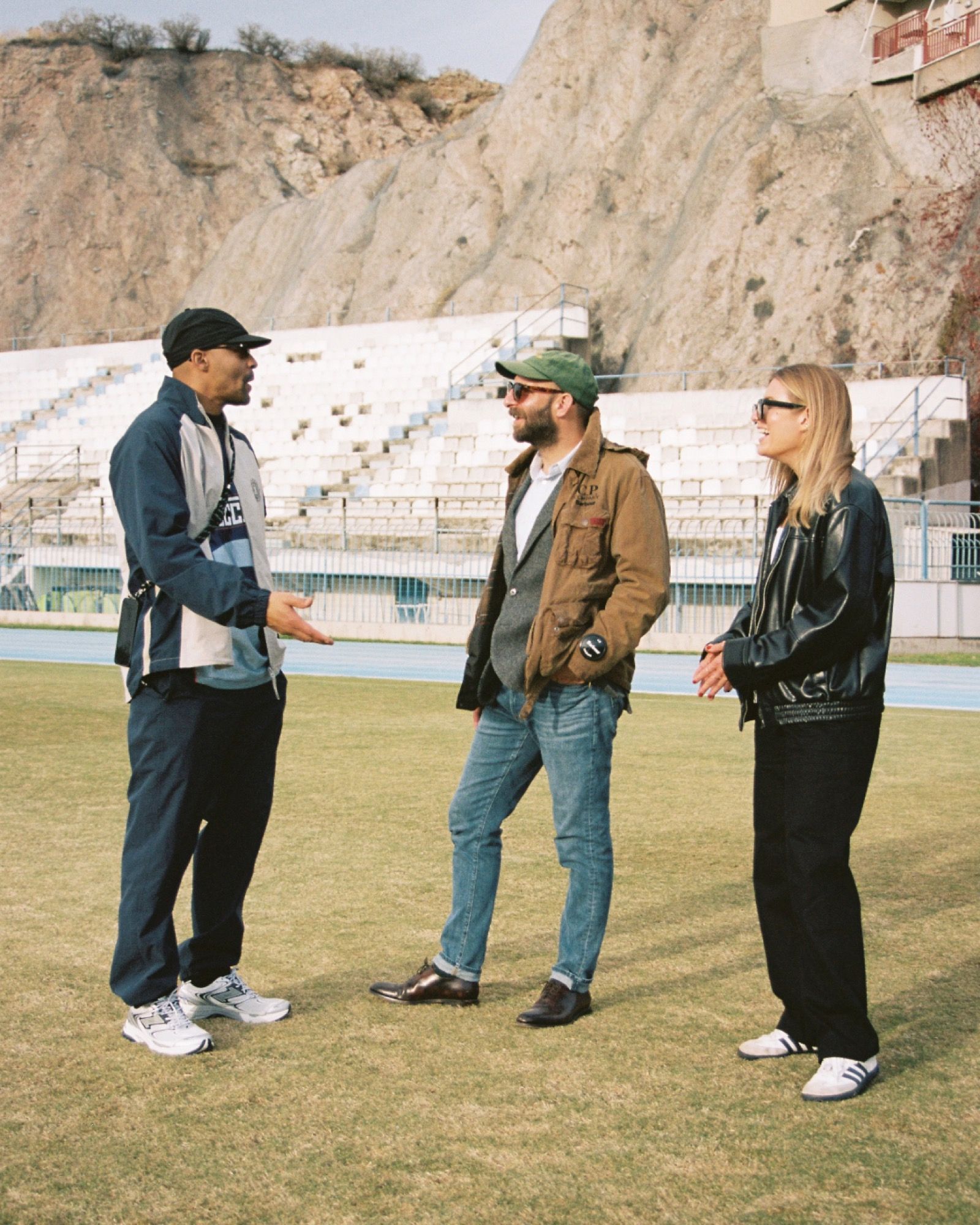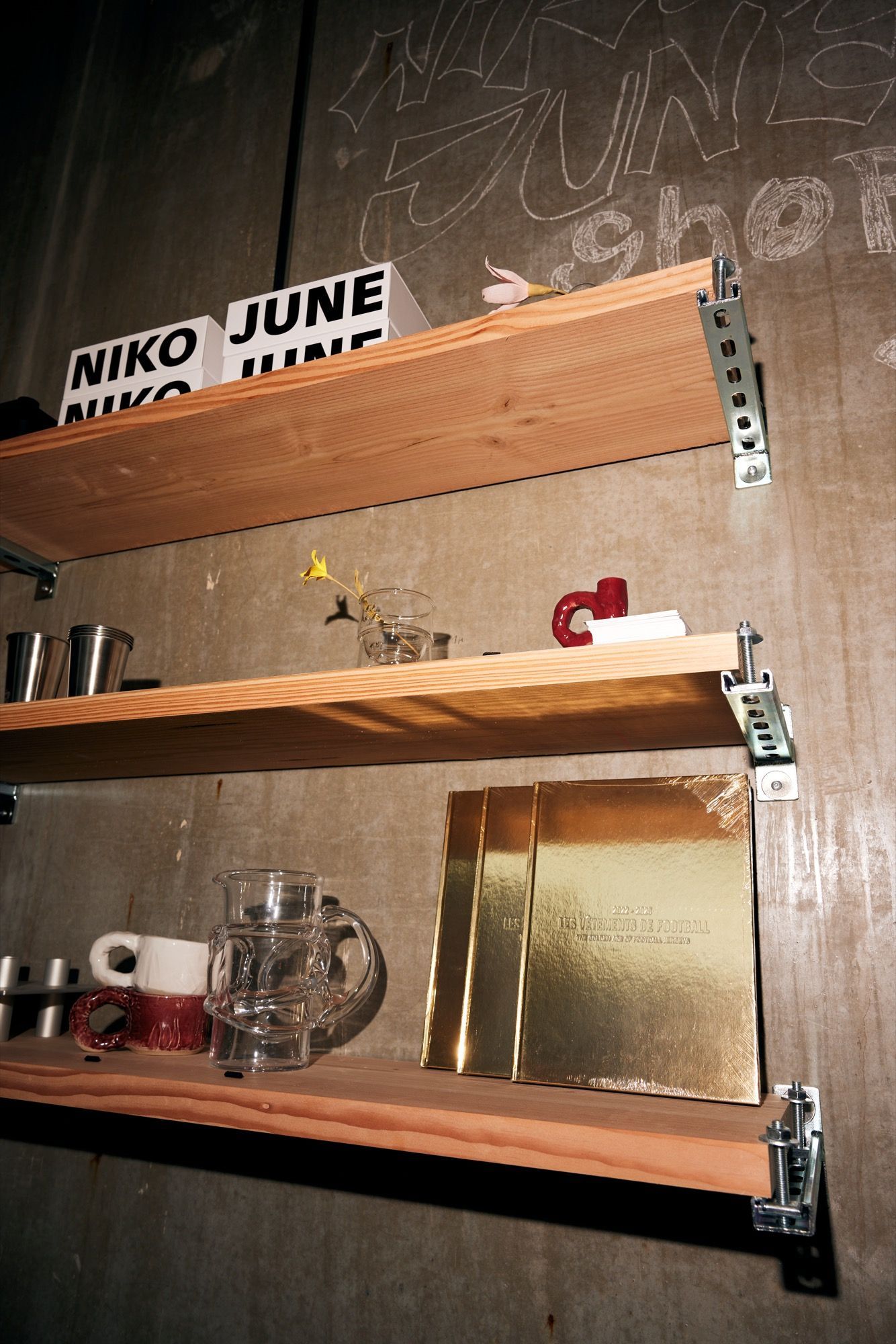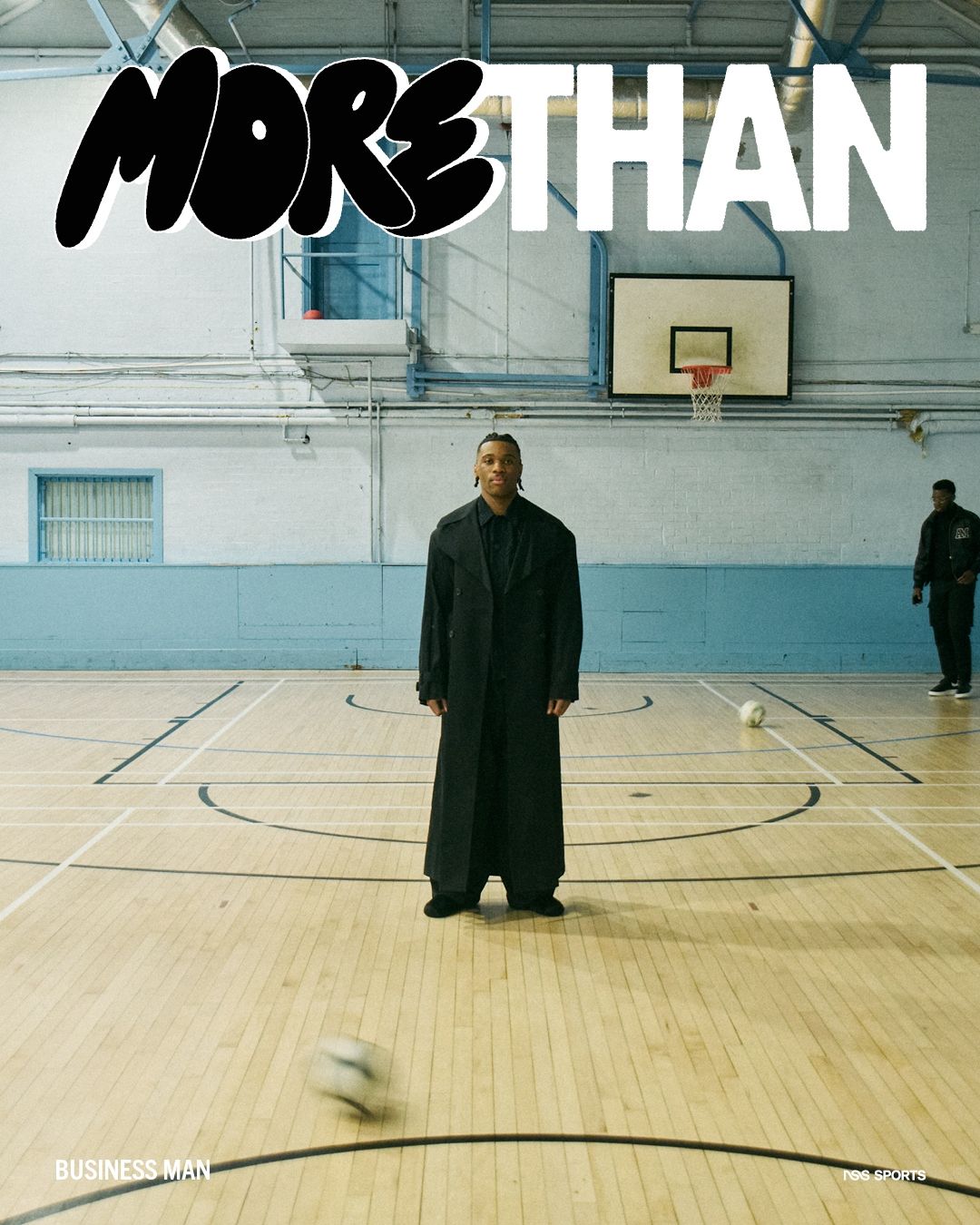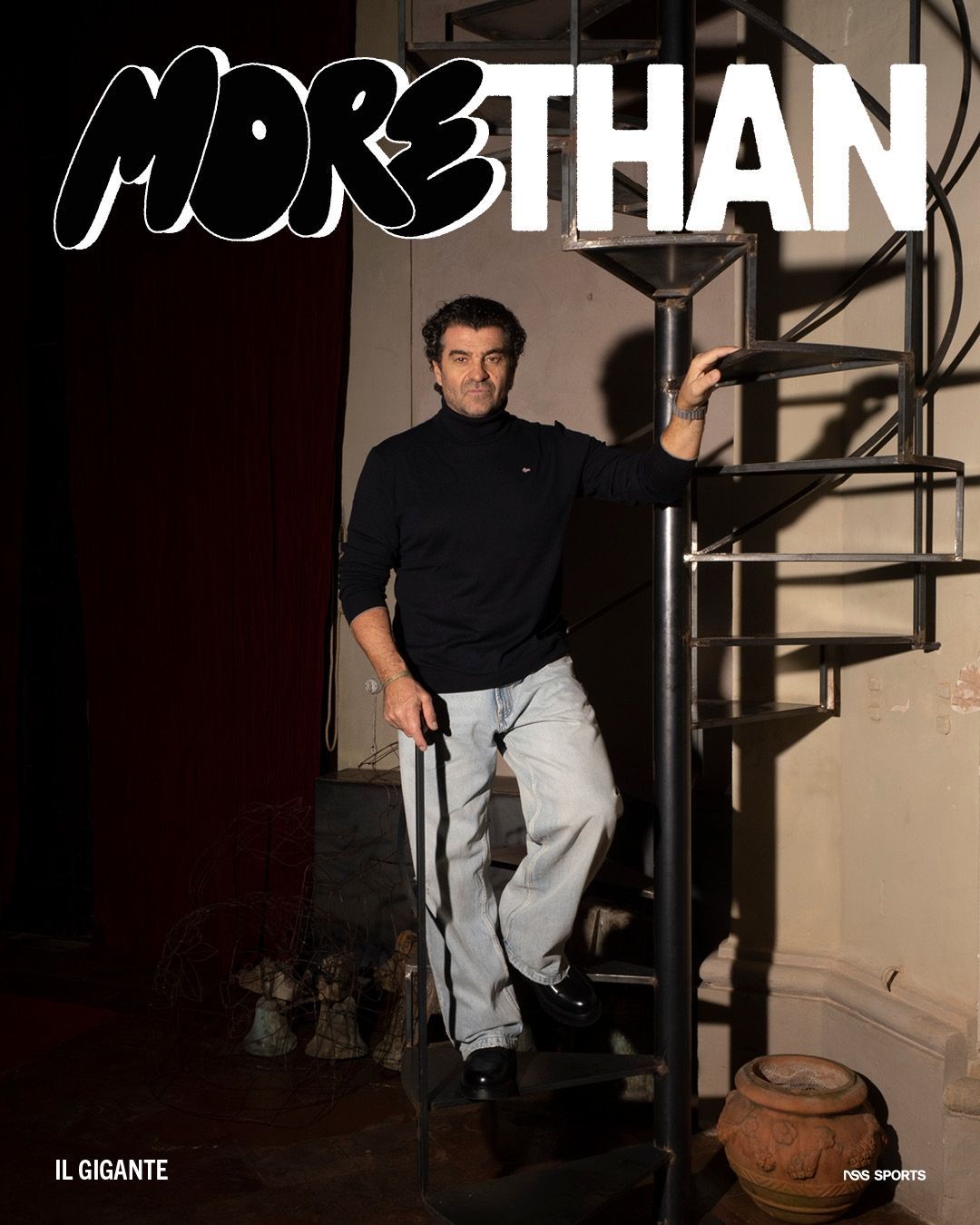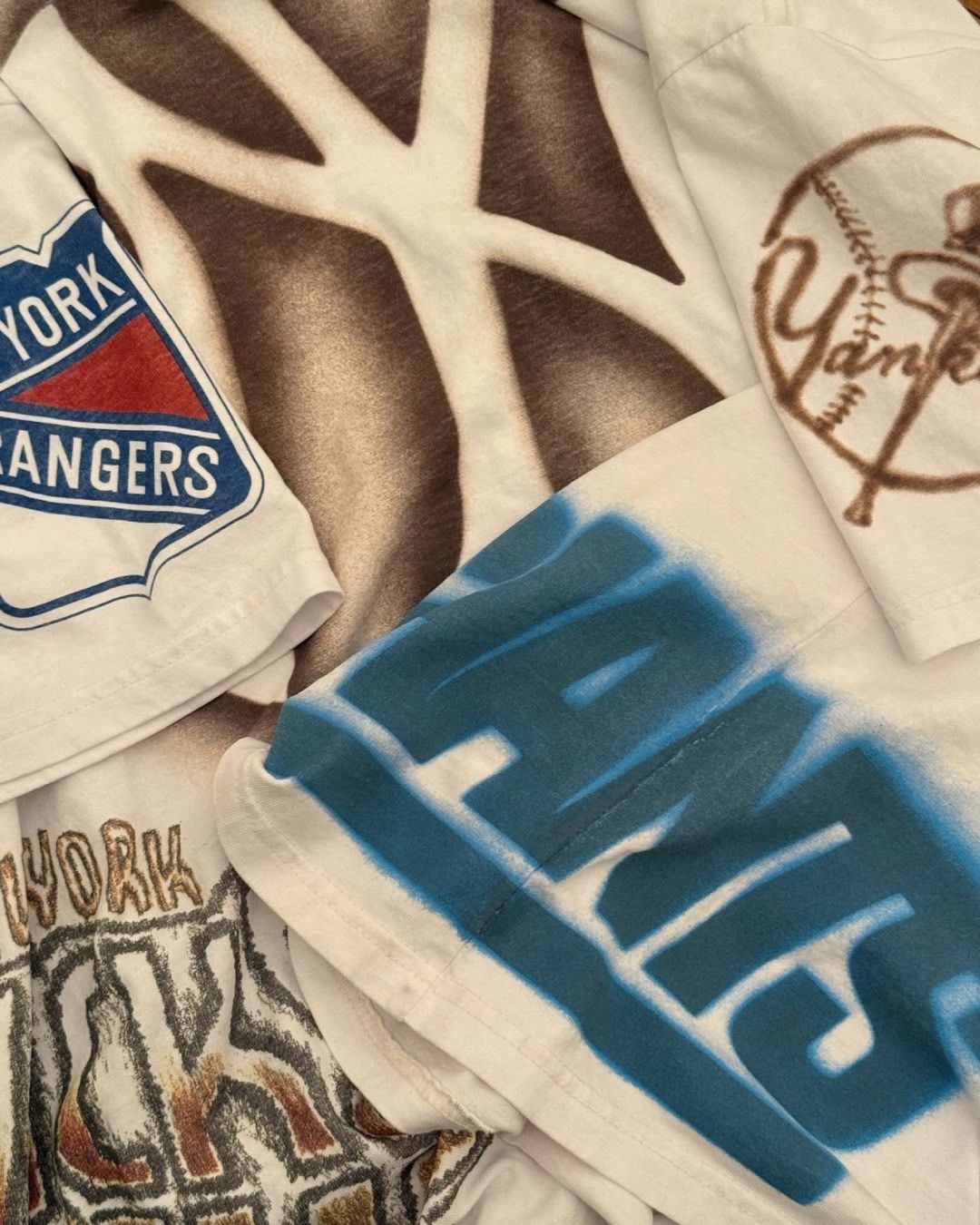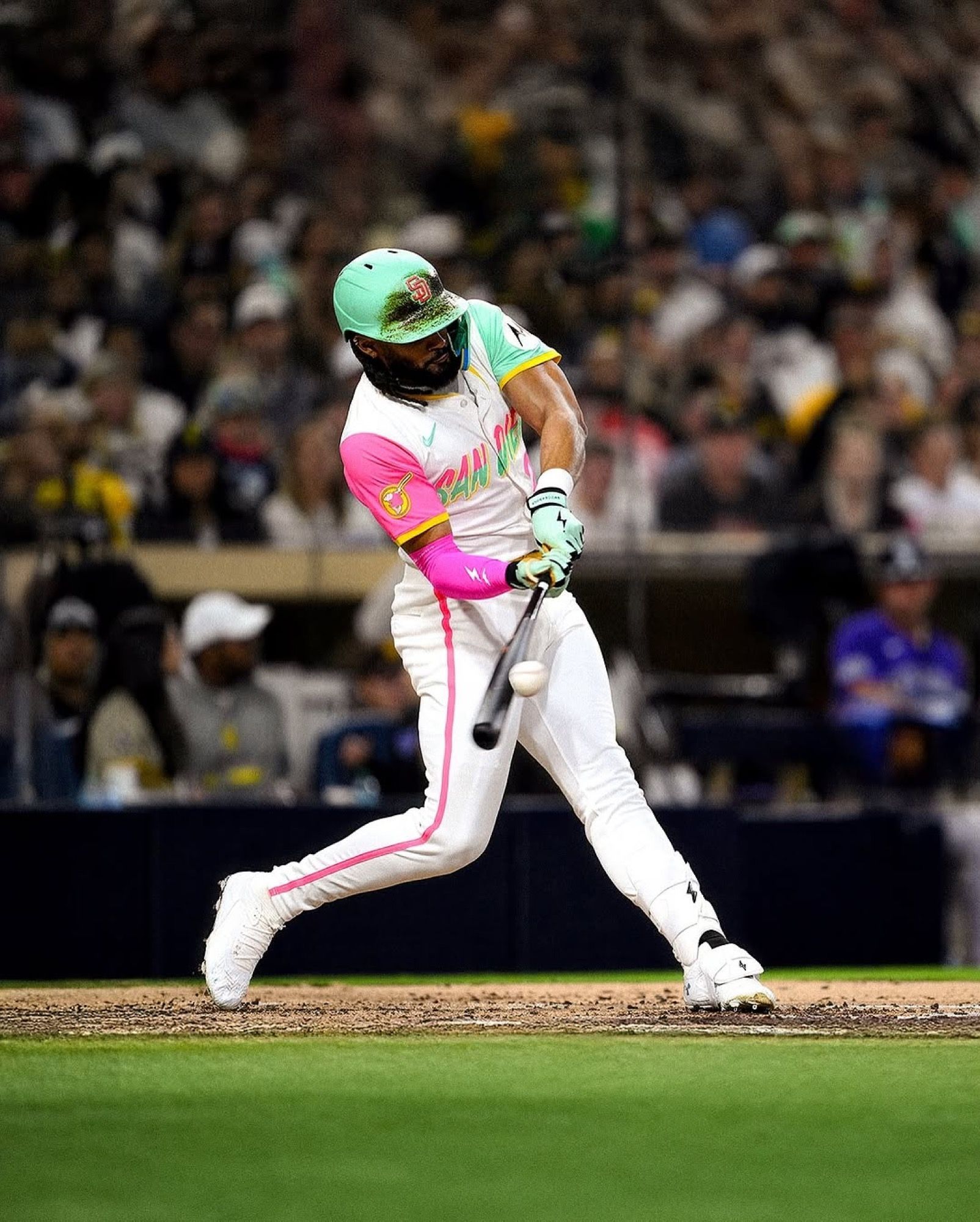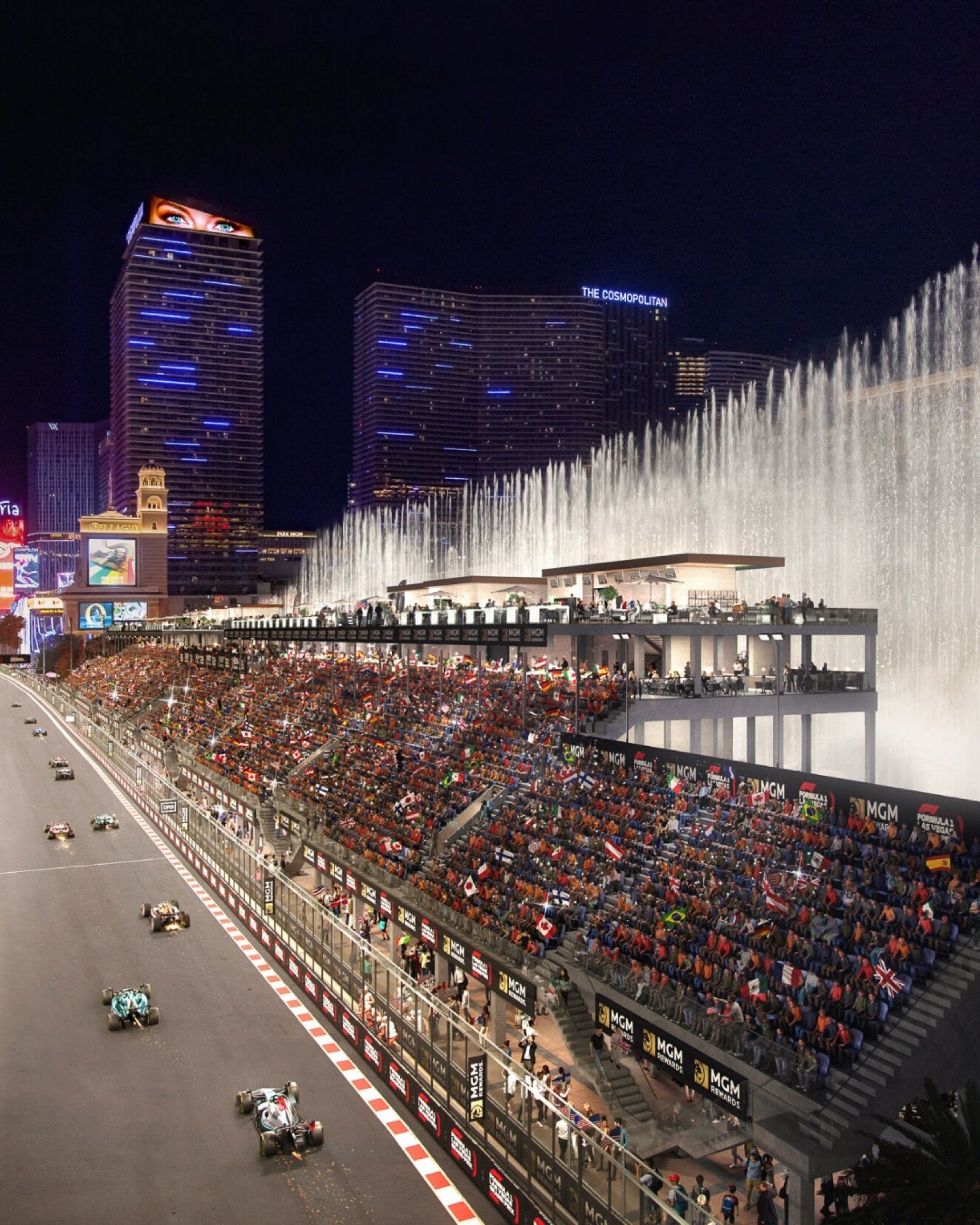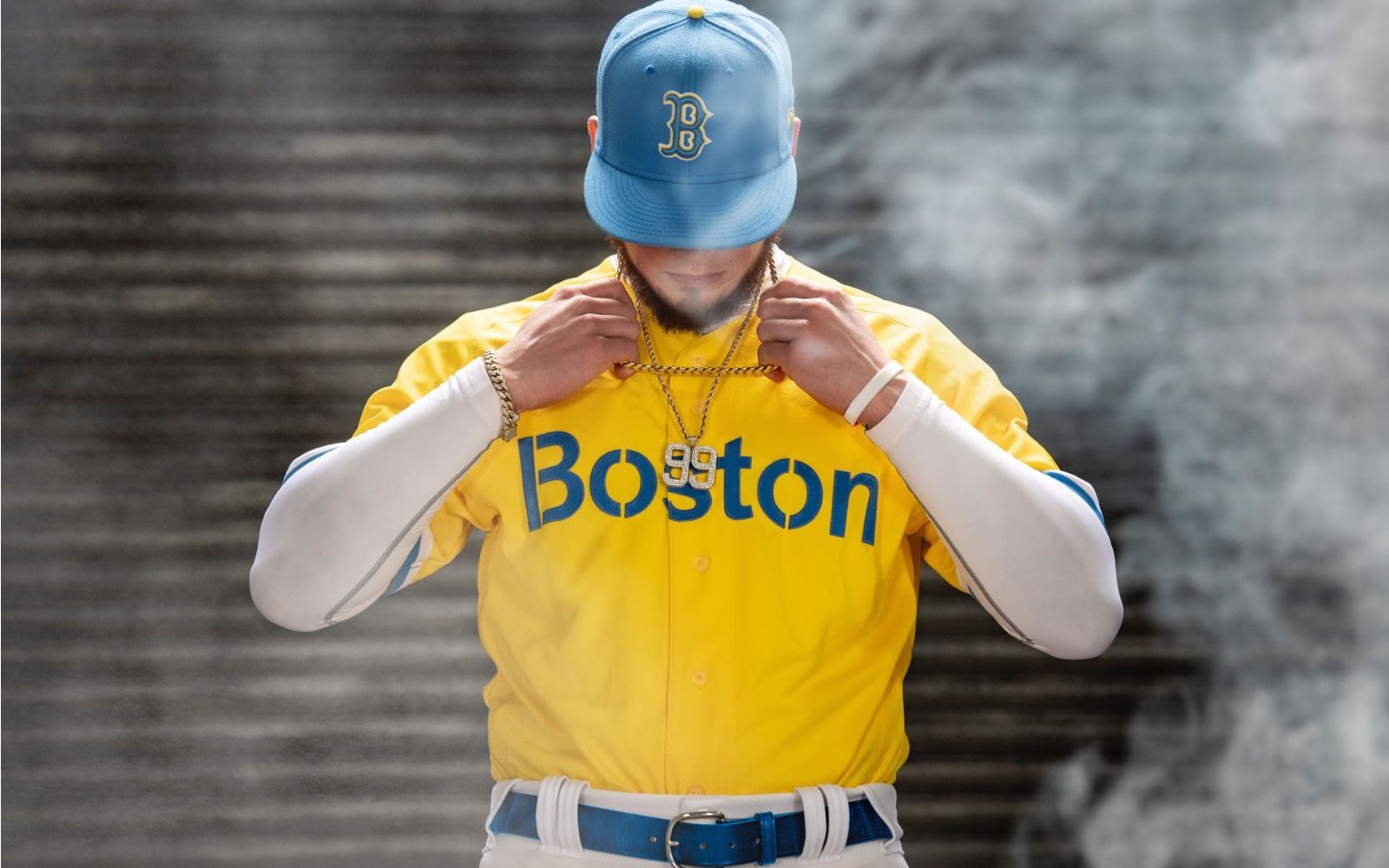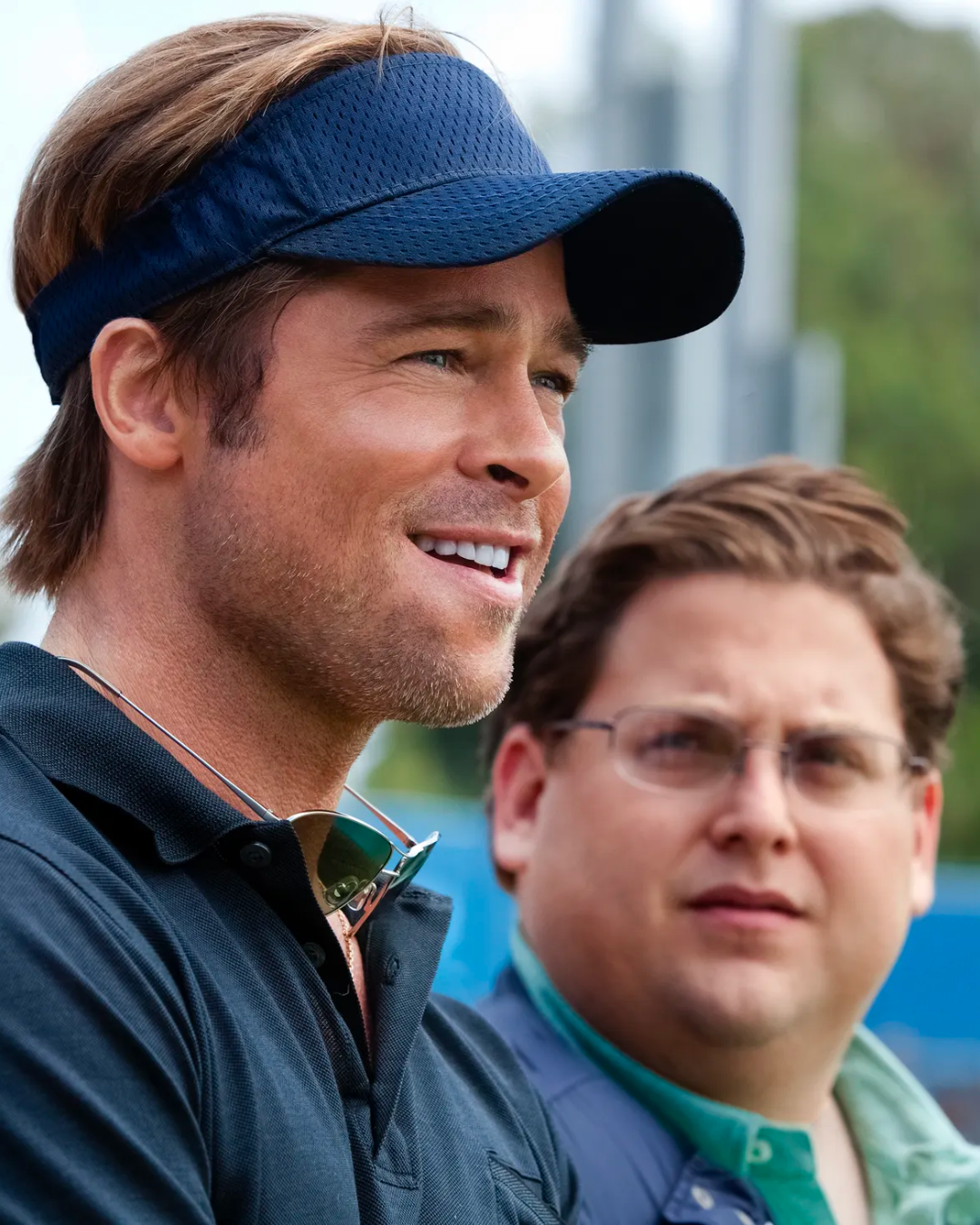
Moneyball: the finale no one wanted to see Billy Beane's strategy and its failures
We have all seen Moneyball, right? Brad Pitt and Jonah Hill. Billy Bean and Peter Brand (Paul DePodesta in real life). The 2002 Oakland Athletics (also known as A’s) and their record-breaking 20 consecutive victories in the MLB American League. A revolutionary approach to baseball, told through a beautiful underdog story. The movie ends with a finale that leads the audience to think that, despite missing out on the 2002 World Series title, the Athletics are still in a good position to show the world what they are made of and that Billy Beane’s strategies still have the potential to revolutionise baseball once and for all. This, however, does not represent the real truth. Moneyball may have had a happy ending of sorts, but real life was much harsher with the Athletics.
The Athletics’ success since the inception of the Moneyball concept (named after the 2003 book written by Michael Lewis, not the 2011 movie) has had its ups and downs. Between 1999 and 2002, the A’s went through their golden age, with the Moneyball strategy reaching its peak during that legendary 2002 season. But what is Moneyball, exactly? In short, Moneyball is the art of waiting for your team’s stars to reach their highest valuation, so that you can then trade them for underrated, young, or emerging players, in the hopes that their output ends up surpassing that of the players that were “sent away”. All of this is done with sabermetrics (advanced statistics that analyze in-game activity), in order to reveal hardly discernible and almost invisible qualities in specific players. It is the perfect small team strategy, characterised by a mentality that allows those with a restricted budget like the Oakland Athletics to have a shot at victory.
What is Moneyball?
The entire Moneyball concept was completely exposed to the world of baseball due to the release of the aforementioned book in 2003, destroying the A’s project. The team nevertheless reached the 2006 American League Championship Series (the equivalent of Conference Finals in the NBA or NFC/AFC Championship games in the NFL), but that was followed by a 6-year absence from the playoffs in a truly dark time for Oakland fans. The truth is that the fam brought by Moneyball was a curse, as it allowed the entire baseball world to discover the Athletics’ secret. The A’s approach towards the sport was no longer exclusively theirs, and many economists estimate Moneyball’s advantage to have been completely erased by 2006. Put it this way: if big organizations like the Boston Red Sox start thinking like a small team, there is little one can do to stop them.
Despite everything, the Athletics made their way back to the playoffs in 2012, thanks to an All-Star core guided by Yoenis Céspedes and Josh Donaldson. Obsessed by old ways of low spending, however, the team decided to trade its stars when they reached their highest valuation in 2014, getting unknown players in return and sinking to the depths of the MLB. Then, in 2018, those same unknown players became All-Stars in their own rights and took the A’s to the playoffs thrice between 2018 and 2020. But, due to what had become a habit, the A’s decided to trade 7 of their best players (including 3 All-Stars) and allow their coach to sign with the San Diego Padres in 2021. The team was torn apart, and with that, the A’s went back to losing games, which brings us to the present day.
In 2023 we can look at the A’s performances in the 21st century and understand how effective the team has been at rebuilding the roster time and time again, no matter the trades made. This has given the Athletics the possibility to keep competing against stronger and richer opponents, besting them on several occasions. A bit like the tale of David and Goliath, but within the context of a baseball diamond. This is all well and romantic, but the A’s obsession of operating on a low budget has become their greatest weakness, and, fundamentally, their demise: victims of their own strategy, guilty of taking it too far.
Oakland Coliseum
We cannot talk about the Athletics’ downfall without mentioning their stadium. the Oakland Coliseum is an iconic field for baseball fans, but the degradation it has suffered over the years has made it one of the worst stadiums in the entire league. A quick Google search will show you a possum problem, barely functioning lights, walls that come down during games, rats in the vending machines, and sewage complications that often cause flooding of the players’ benches, or forces the A’s to share their locker room with the away teams. According to Bleacher Report and Sports Illustrated, this is without a doubt a top-5 worst stadiums in the MLB. Management has done nothing to fix these issues and talks with the Oakland City Council for a new arena have gone nowhere, due to the Athletics’ reluctance to spend real money.
Cash has been a big problem within the roster itself, since the Athletics have by far the lowest salaries in the MLB, lagging behind second-last Pittsburgh Pirates by around $7 million in this ranking. This becomes even more shocking when one discovers that in 2022, the A’s highest paid player - Chad Pinder - made $2.7 million, when the league average was $4.4 million, although the best paid Athletic as of right now earns around $7 million per year. Despite that, the lack of investment is one of the main reasons why this year’s Oakland A’s are prime candidates for the title of “worst MLB team of the 21st century”, with the fourth lowest winning percentage of the last 50 years. The low budget strategy has never done more harm, and now the fans are acknowledging it. Between the stadium degradation and the few bucks spent on the roster, fans have started to protest by boycotting game after game, which has culminated in the A’s matchup against the Arizona Diamondbacks on May 17th - the turnout was 2304 people. The last time attendance was this low it was 1979.
And now, the announcement of a land purchase by the famous Las Vegas Strip confirms that the Athletics are planning a new stadium in the city and a relocation that should be done by 2028. Despite the fans begging for the team to be sold and kept in Oakland, the owners want to revitalize their investment and avoid losing further money, putting an end to the Athletics and rewriting Moneyball’s finale. From the players, the fans, the stadium, to the organization, the entire franchise is falling to pieces. The lack of capital from owner John Fischer and Billy Bean’s obsession with operating on a small budget have done more harm than good, and the only thing left to do is to merely watch as this once-great and revolutionary team plays out its last years in the city that has been loyal to it for almost 60 years.







